
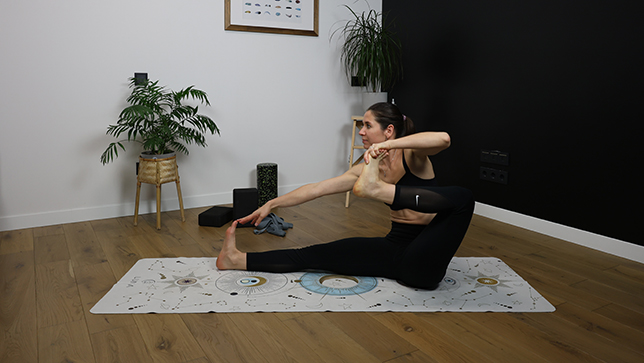
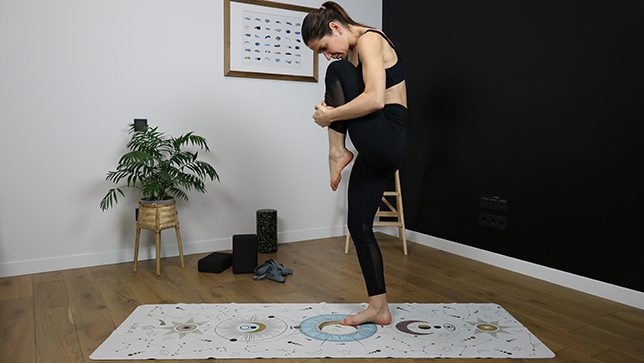
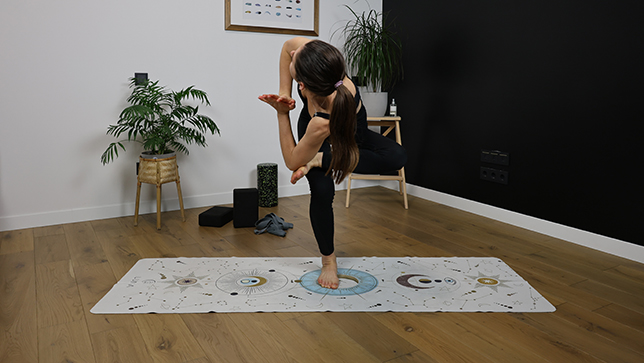
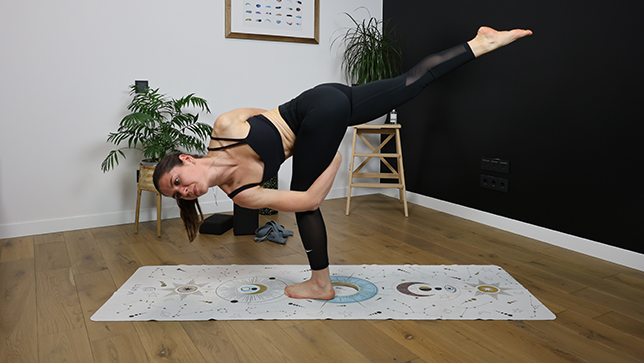
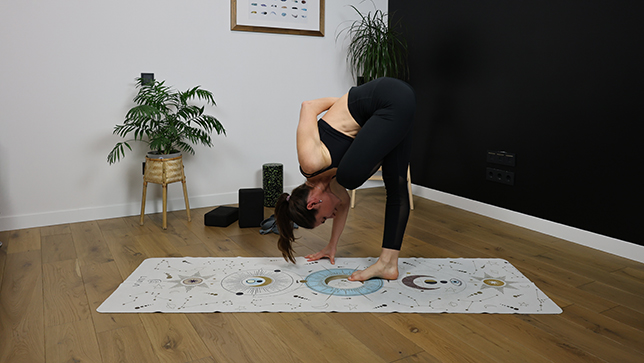

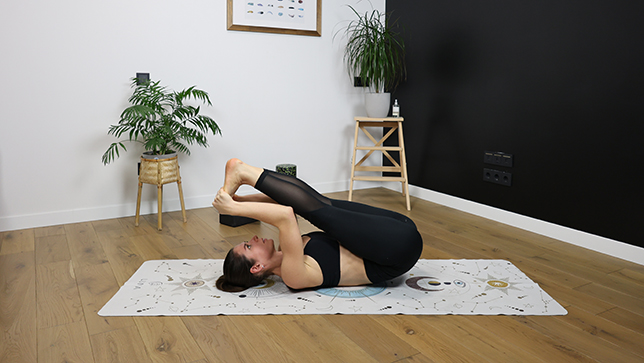
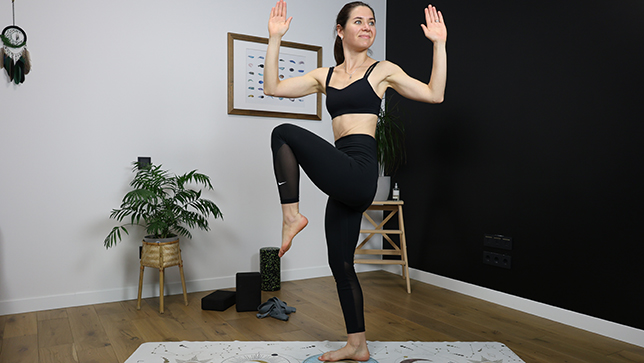
Intermediate yoga poses represent the next level of practice for those who have gained a foundational understanding of basic poses and are ready to challenge themselves further. These poses introduce more complexity, deeper stretches, and enhanced strength-building components.
Intermediate poses offer an exciting opportunity for growth in your yoga practice. However, remember that yoga is not a competition. Respect your body's limits and progress at your own pace, always prioritizing safety and mindfulness.









Here are some types of intermediate yoga poses along with brief descriptions for each:
Each type of intermediate pose offers unique benefits and challenges. As you explore these poses, remember to practice mindfully, respect your body’s limits, and consider seeking guidance from a qualified yoga instructor to ensure safe and effective practice.
Increased flexibility: Intermediate poses deepen flexibility in muscles and joints.
Enhanced strength: Poses challenge and build muscular strength.
Improved balance: Balancing poses enhance stability and coordination.
Deeper mind-body connection: Intermediate poses encourage heightened mindfulness.
Expanded range of motion: Practicing intermediate poses increases joint mobility.
Limited flexibility: Some poses might strain individuals with limited flexibility.
Pre-existing injuries: Certain poses may exacerbate existing injuries.
Medical conditions: Some conditions, like high blood pressure, may require modifications.
Recent surgery: Individuals recovering from surgery may need to avoid certain poses.